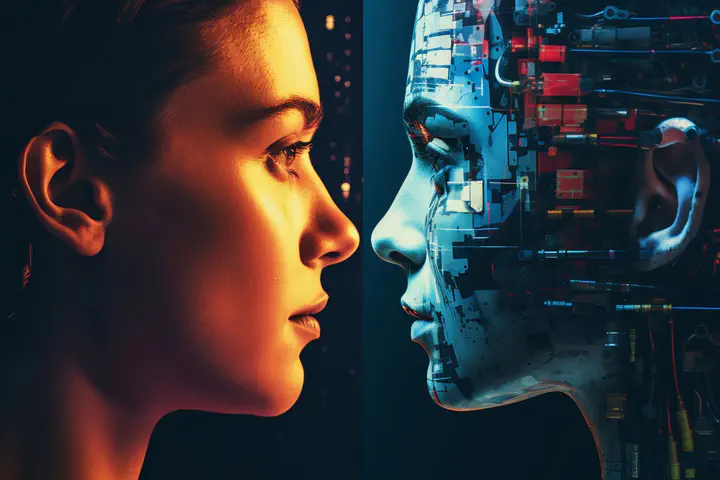 Image credit: IEEE Computer Society SBC of IIT
Image credit: IEEE Computer Society SBC of IITAbstract
The combination of highly realistic voice cloning, along with visually compelling avatar, face-swap, or lip-sync deepfake video generation, makes it relatively easy to create a video of anyone saying anything. Today, such deepfake impersonations are often used to power frauds, scams, and political disinformation. We propose a novel forensic machine learning technique for the detection of deepfake video impersonations that leverages unnatural patterns in facial biometrics. We evaluate this technique across a large dataset of deepfake techniques and impersonations, as well as assess its reliability to video laundering and its generalization to previously unseen video deepfake generators.
Type